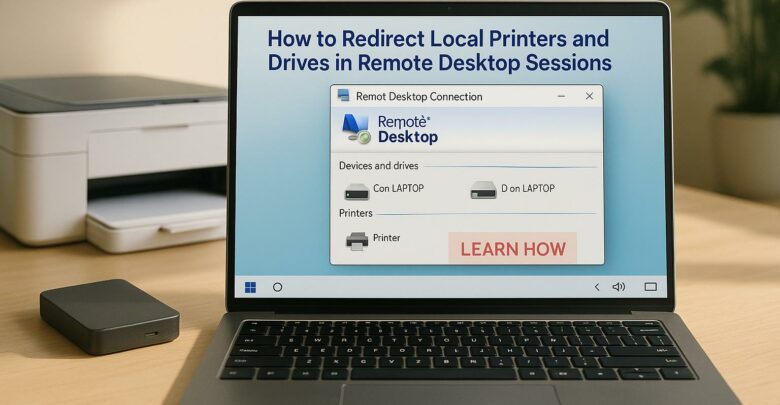
Learn how to effectively redirect local printers and drives during Remote Desktop sessions for enhanced productivity and seamless remote work.
Explore Windows 10/11 virtual desktops
Real-World Applications of flexidesktop

🔄 Update available: Check out our 2025 Virtual Desktop vs Physical PC: Cost Comparison Guide for the latest numbers and insights.
In this PC vs VDI cost comparison, we dive deep into a detailed financial analysis over four years, demonstrating how businesses can benefit from transitioning from traditional PC setups to Virtual Desktop Infrastructure (VDI). As companies seek to optimize their IT expenditures and enhance operational efficiencies, understanding the full scope of potential savings and benefits becomes crucial.
Many businesses face significant upfront and recurring costs with traditional PC setups:
Traditional Setup Costs Over 4 Years:
VDI Costs Over the Same Period:
The cost comparison reveals substantial long-term savings with VDI:
Operational Efficiency and Reduced Downtime: VDI significantly cuts downtime related to hardware failures and system upgrades. Centralized management of desktops allows for quicker resolution of issues and more consistent application of system updates and security patches.
Enhanced Data Security and Compliance: With VDI, sensitive data is stored on servers in secure data centers rather than on local devices, enhancing data security and making it easier to comply with regulations such as GDPR and HIPAA. This centralized approach to data management simplifies security protocols and audits.
Eco-Friendly Technology: Reducing the need for physical hardware decreases electronic waste and energy consumption, aligning with corporate sustainability goals. VDI supports green IT initiatives by minimizing the environmental impact of a company’s technology use.
Transitioning to VDI with flexidesktop is not merely a cost-saving measure; it’s a strategic move towards modernizing your business’s IT infrastructure. VDI enables greater scalability, enhanced security, and better alignment with business continuity plans—essential components for businesses aiming for growth in a digital-first world.
Explore the benefits of VDI and see why companies are choosing flexidesktop for their virtual desktop needs.
Contact us today to discuss how we can tailor our VDI solutions to fit your business requirements and help you achieve your IT objectives efficiently and cost-effectively.
VDI (Virtual Desktop Infrastructure) is a system where desktops are hosted on a centralized server and accessed remotely. Unlike traditional PCs, which store data and run software locally, VDI centralizes these resources, offering enhanced flexibility, security, and cost efficiency.
VDI eliminates many physical hardware expenses, such as repairs, upgrades, and energy consumption. Over four years, VDI can result in up to 65% savings compared to maintaining traditional PCs, as highlighted in our financial breakdown.
Yes! VDI is highly scalable and cost-effective, making it an excellent choice for businesses of all sizes. Small businesses can benefit from reduced IT overhead and the ability to scale resources as needed without significant upfront investments.
With VDI, data is stored on secure servers in centralized data centers rather than on individual devices. This reduces the risk of data breaches, makes compliance with regulations like GDPR easier, and simplifies data recovery in case of device failure.
VDI reduces the need for physical hardware, which decreases electronic waste and energy consumption. It supports green IT initiatives by minimizing a company’s environmental footprint.
Absolutely! VDI solutions like those offered by flexidesktop are designed to support demanding workloads. With customizable configurations, businesses can match VDI performance to their specific needs, from basic office tasks to high-performance computing.
The user experience on VDI is nearly identical to a traditional PC. Employees can access their virtual desktops from any device, making the transition seamless and intuitive.
flexidesktop provides enterprise-grade infrastructure with built-in redundancy and proactive monitoring to ensure consistent performance and uptime. Our support team is also available to address any issues quickly.
VDI involves a predictable subscription model that includes updates, maintenance, and support. Unlike PCs, which require periodic hardware upgrades and repairs, VDI costs remain stable over time.
Getting started is easy! Contact us today to explore our plans and configurations. We can help you tailor a solution that meets your business’s unique requirements.

Learn how to effectively redirect local printers and drives during Remote Desktop sessions for enhanced productivity and seamless remote work.
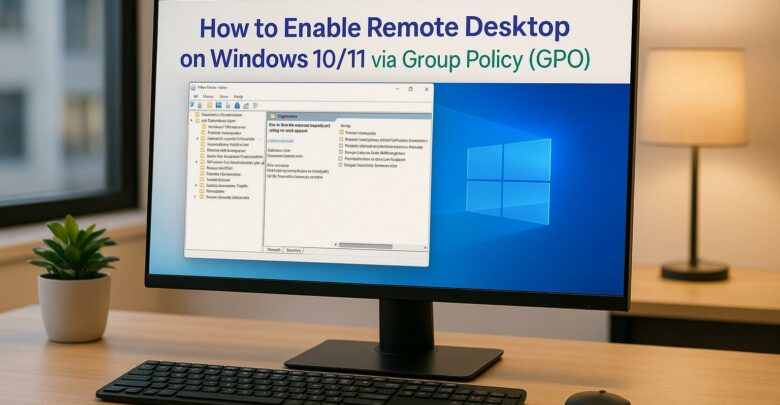
Learn how to centrally enable Remote Desktop on Windows 10/11 using Group Policy for efficient management and enhanced security.
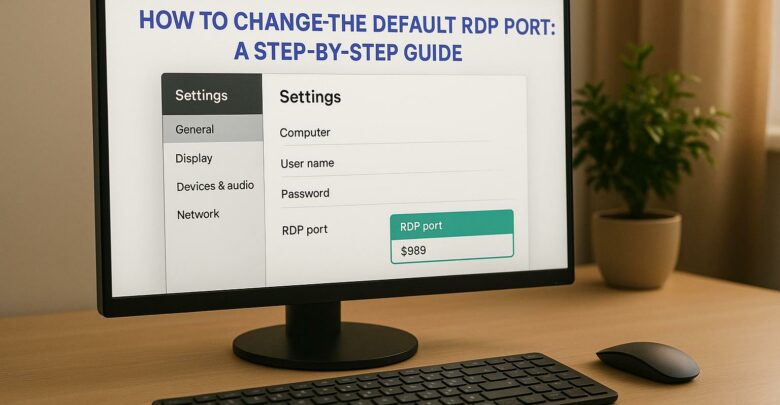
Learn how to change the default RDP port to enhance security and reduce exposure to attacks. Understand the limitations and necessary precautions.
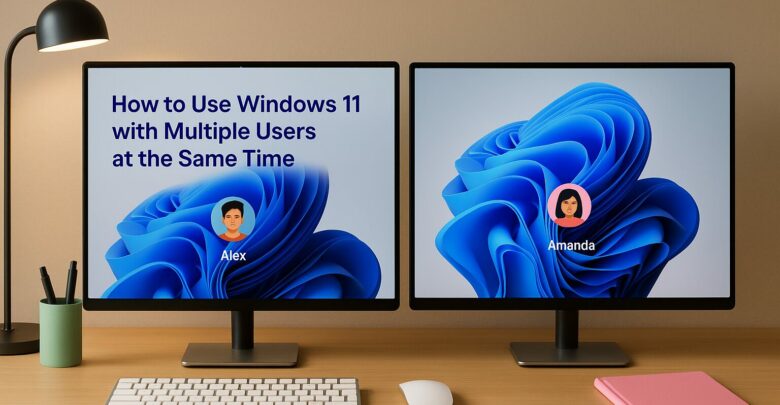
Learn how to enable multiple user sessions on a single device using a managed solution that simulates a Windows 11 experience.
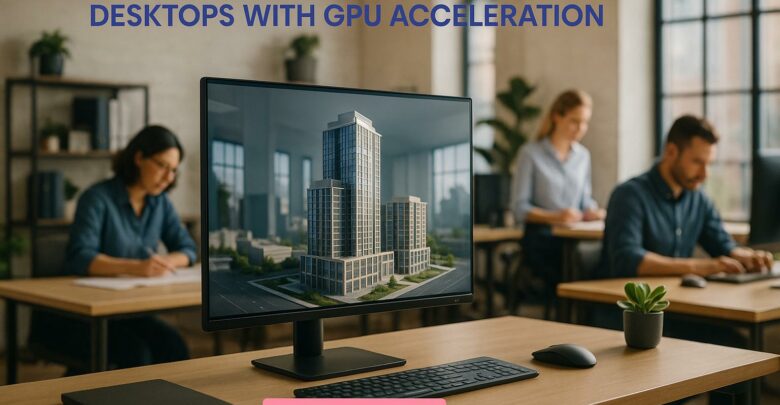
Explore how GPU-accelerated virtual desktops are revolutionizing architecture firms by enhancing collaboration, reducing costs, and improving rendering efficiency.
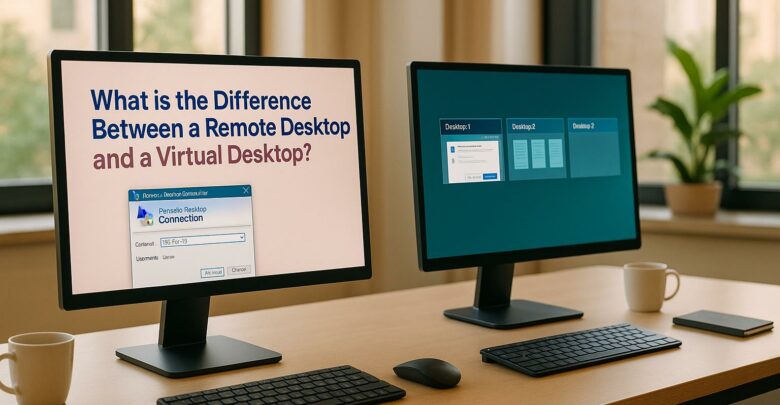
Explore the differences between remote desktops and virtual desktops, their pros and cons, and which solution best suits your business needs.
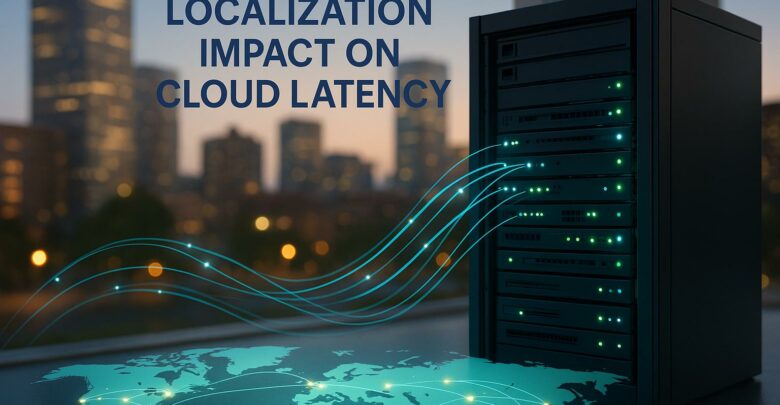
Learn how cloud latency is affected by data center location, compliance laws, and infrastructure, and discover strategies to enhance performance.
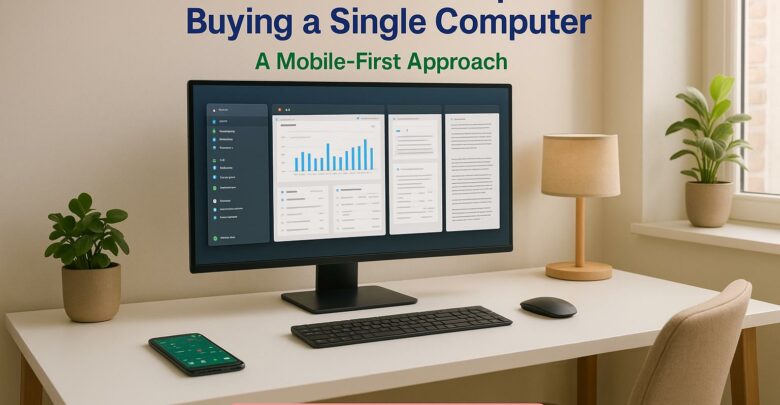
Launch your startup without hefty hardware costs using virtual desktops for flexibility, scalability, and enhanced security.
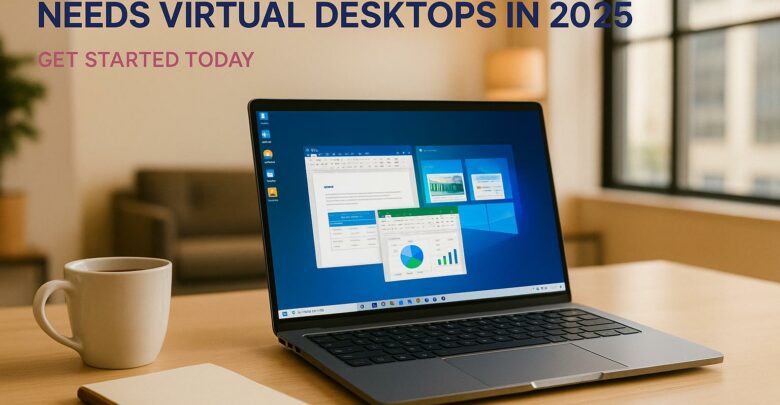
Virtual desktops are essential for small businesses in 2025, reducing costs, enhancing security, and supporting remote work flexibility.

